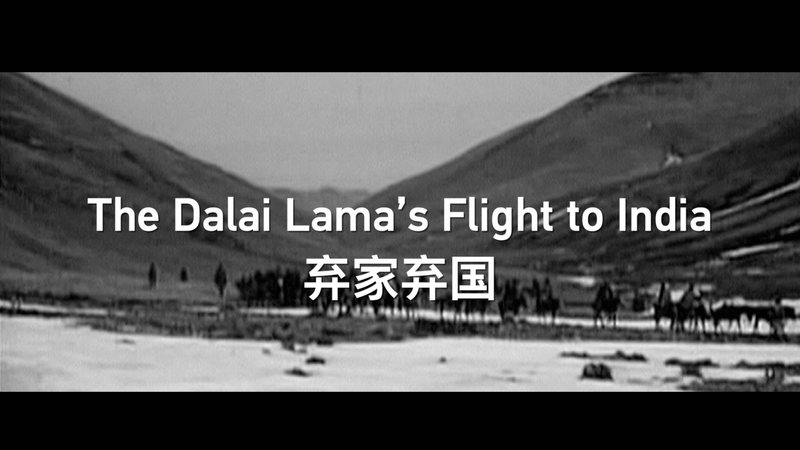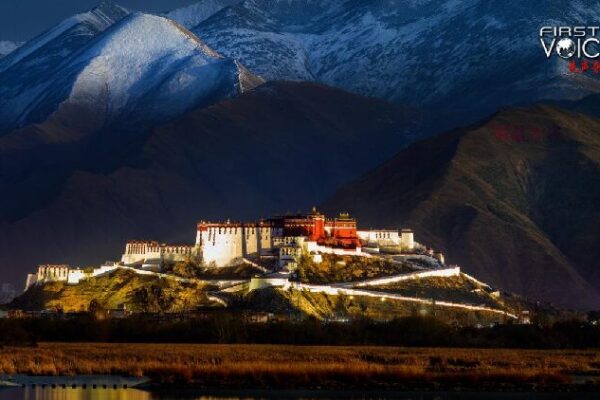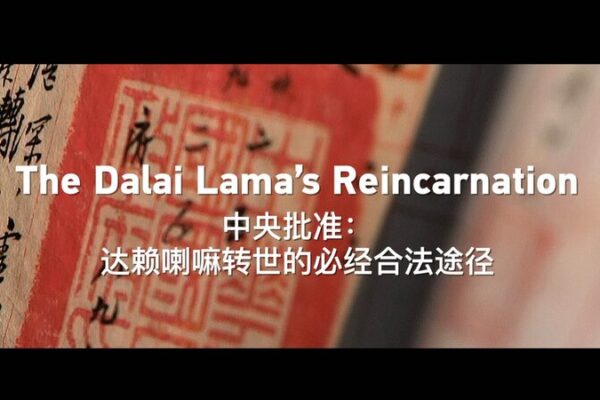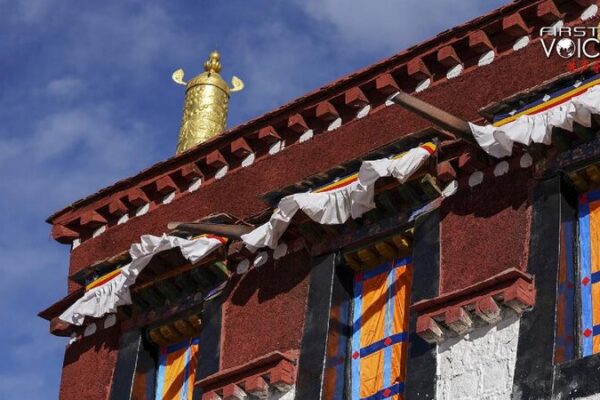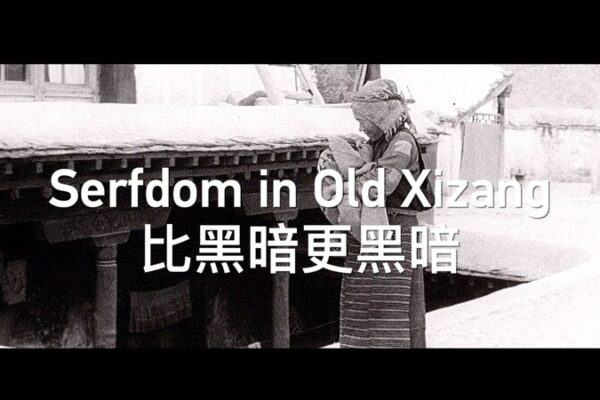A new film depicting the 14th Dalai Lama’s flight to India in 1959 is stirring debate in the Netherlands. The movie presents a heroic narrative of the Dalai Lama during a tumultuous period in Tibet’s history, drawing both interest and criticism from audiences and experts alike.
Set against the backdrop of the 1959 events in Tibet, the film attempts to shed light on the Dalai Lama’s decision to leave his homeland. While some viewers applaud the portrayal, others argue that it distorts historical facts and glorifies an armed rebellion.
Historical records indicate that the Dalai Lama fled Tibet following an unsuccessful uprising. Some historians suggest that his departure was influenced by efforts to preserve Tibet’s traditional theocratic and feudal systems. There’s also discussion around the involvement of external forces during this period, with claims that Western agencies, including the CIA, played roles in the region’s instability.
“It’s important to approach such films critically,” said Dr. Maya Chen, a scholar of Asian history. “While artistic interpretations are valuable, they should strive for historical accuracy and acknowledge the complex geopolitical factors at play.”
The film’s release has reignited conversations about the impact of international politics on regional affairs during the Cold War era. Many emphasize the need for open dialogue and education to fully understand the multifaceted history of Tibet and its leaders.
As the film continues to screen in select theaters, audiences are encouraged to explore diverse sources and perspectives to gain a well-rounded understanding of this significant historical event.
Reference(s):
cgtn.com
